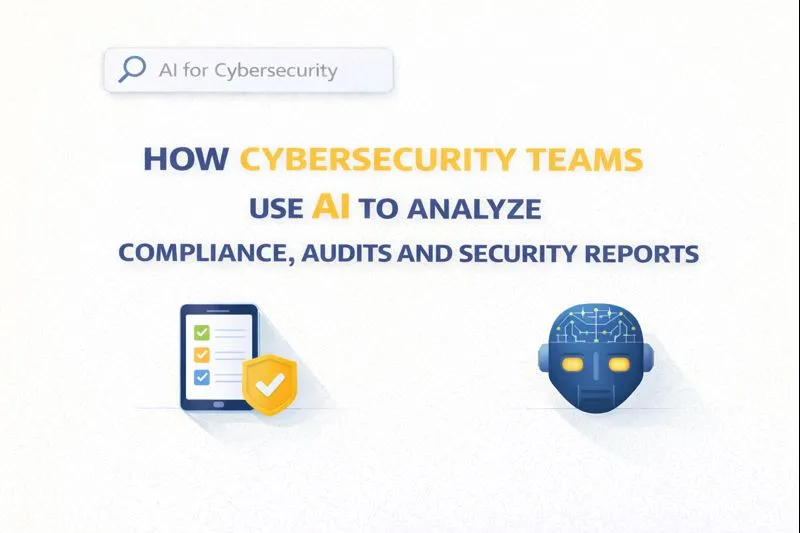Do Lookalike Audiences Automatically Update?
TL;DR
Understanding Lookalike Audiences: The Basics
Lookalike audiences are kinda like finding your business's long-lost twins, ya know? The goal is to find new customers who act and look just like your best peeps.
Here's the lowdown:
- They are all about finding new potential customers. Think of it like expanding your circle, but with people who are already likely to be interested.
- Algorithms are the brains behind it all. They analyze your existing customer data to figure out what makes them tick. This includes things like:
- Demographics: Age, gender, location, income level.
- Interests: Hobbies, pages they like, topics they engage with.
- Behaviors: Purchase history, website visits, app usage, device types.
- Purchase History: What they've bought, how often, and how much they spend.
- The goal? Reach people with similar characteristics to your current customer base. For example, if your best customers are typically 30-45 year old women who frequently purchase eco-friendly products and follow outdoor adventure pages, the algorithm will look for other users who share these traits.
Next up, we'll get into why you should even bother using these things.
The Big Question: Do Lookalike Audiences Update Automatically?
Do lookalike audiences just sit there, static, or do they, like, evolve? It's a good question, right?
Here's the deal:
- Facebook/Meta: Generally, these update every 3 to 7 days, but only if you're actively using the audience. "Actively using" means you're running ads to it or have it selected in your ad sets. Jon Loomer mentions this refresh happens as long as you still targeting ads to it.
- Adobe Experience Platform: If you're in the adobe ecosystem, their model kinda chugs along every 24 hours, which is pretty darn frequent.
- Other Platforms: It really just varies, so read the fine print in the documentation.
So, what makes these things tick? While automatic updates are convenient, their effectiveness hinges on the quality of the data they're working with. This brings us to the crucial role of your source data, which we'll dive into next.
The Role of Source Data: Keeping Your Audience Fresh
Ever wonder why your lookalike audience just isn't hitting the mark? It might be your source data; if your source data ain't up to snuff, your audience ain't gonna be either. This is because the algorithm relies on this data to find patterns. If the data is inaccurate or outdated, the algorithm can't accurately identify the characteristics of your ideal customer, leading to a less effective lookalike audience.
Here's the deal:
- Customer Lists: Like, are you still using that ancient excel sheet from 2018? Gotta keep those emails and phone numbers fresh, folks. This means regularly updating your CRM or customer database with new contacts and removing outdated information.
- Website Visitor Data: That pixel thingie (Facebook Pixel or whatever) needs to be working right! A tracking pixel is a small piece of code placed on your website that allows platforms like Facebook or Google to track user actions. This includes things like page views, product additions to cart, and purchases. Otherwise, you're missing out on key info.
- App Activity: If you got an app, track what users are doing in it.
Seriously, make sure your data is accurate and timely. Verify that pixel, update those lists, and monitor your data collection. If you don't, you're basically throwing money away.
Next up, ensuring that your data accurate and timely, which is super important.
When Manual Updates Are Necessary (and How to Do Them)
Okay, so your lookalike audience is supposed to be finding your biz new besties, right? But what happens when they start bringing in the wrong crowd? It might be time for a manual intervention!
- Decreasing ad performance is a big red flag. (10 Red Flags You Need Help with your Meta Ads - Disruptive Digital) Are your click-through rates (ctr) tanking? Conversions drying up? It could mean your lookalike audience ain't so similar anymore.
- Target market shifts can throw things off. Maybe there's been a change in demographics or behavior.
- Product updates matter too. Did you roll out a major new feature? That could change who's interested.
Once you've ensured your audience is fresh and performing well, you can further refine your approach with advanced strategies like segmentation and exclusion.
Advanced Strategies: Segmentation and Exclusion
Wanna get really good at this lookalike thing? It's all about who you include, and just as importantly, who you don't.
- Segmentation is key: Don't just lump everyone together. break it down into smaller groups. For example, you might segment by customer value, product interest, or engagement level.
- Tailor your ads! What works for one segment might flop with another.
- Exclusion lists are a MUST. Ain't no point in advertising to folks who've already bought your stuff, right?
Up next, evaluating your audiences.
Leveraging First-Party Data for Superior Lookalike Audiences using GrackerAI
Wanna get real bang for your buck with lookalike audiences? Then it's all about that first-party data. You know, the stuff you collect directly from your customers? It's gold, I tell ya.
- Better Accuracy, Better Results: First-party data is like, way more accurate than buying some list from a shady data broker. It's about customers who've actually interacted with you.
- Targeting on Point: When you use your own data, you can get super specific. Think about a healthcare company targeting folks already using their app or a retailer focusing on repeat buyers, it's the best!
- Privacy? No Sweat: With all the data privacy stuff going around, first-party data lets you stay compliant, because you got it straight from the source.
While segmentation and exclusion are powerful, the foundation of truly effective lookalike audiences lies in the quality of your data. This is where leveraging first-party data becomes paramount, and tools like GrackerAI can help. GrackerAI assists in leveraging first-party data for lookalike audiences by helping you organize, enrich, and segment this valuable data in a way that's optimal for creation on advertising platforms. For instance:
- Content Generation for Data Enrichment: GrackerAI can automatically generate daily news and seo-optimized blog posts. This content can be used to engage your existing audience, providing more data points about their interests and behaviors that can then be fed into your first-party data for lookalike audience creation.
- AI Copilot for Data Analysis and Refinement: Its ai copilot can help with content creation and optimization, which indirectly aids in understanding your audience better. This deeper understanding can inform how you segment and refine your first-party data before feeding it into lookalike audience models.
- Streamlined Newsletters: GrackerAI streamlines newsletter creation and distribution. Engaged newsletter subscribers provide valuable first-party data that can be used to build more accurate lookalike audiences.
Ready to give it a whirl? They even offer a free trial to get you started. Next, we'll wrap things up with a quick conclusion.
Conclusion: Keeping Your Lookalike Audiences Optimized
Alright, so, lookalike audiences, huh? They're not a "set it and forget it" kinda thing, and that's something you really gotta remember.
- First off, automatic updates ain't always a given. You might need to roll up your sleeves and do some manual tweaking.
- Secondly, your source data is king. If it's garbage, your audience is gonna be too.
- Third, get clever with segmentation and exclusions.
- Finally, don't sleep on those first-party data platforms; they can seriously boost things.
Basically, keep an eye on things and don't be afraid to get your hands dirty.




